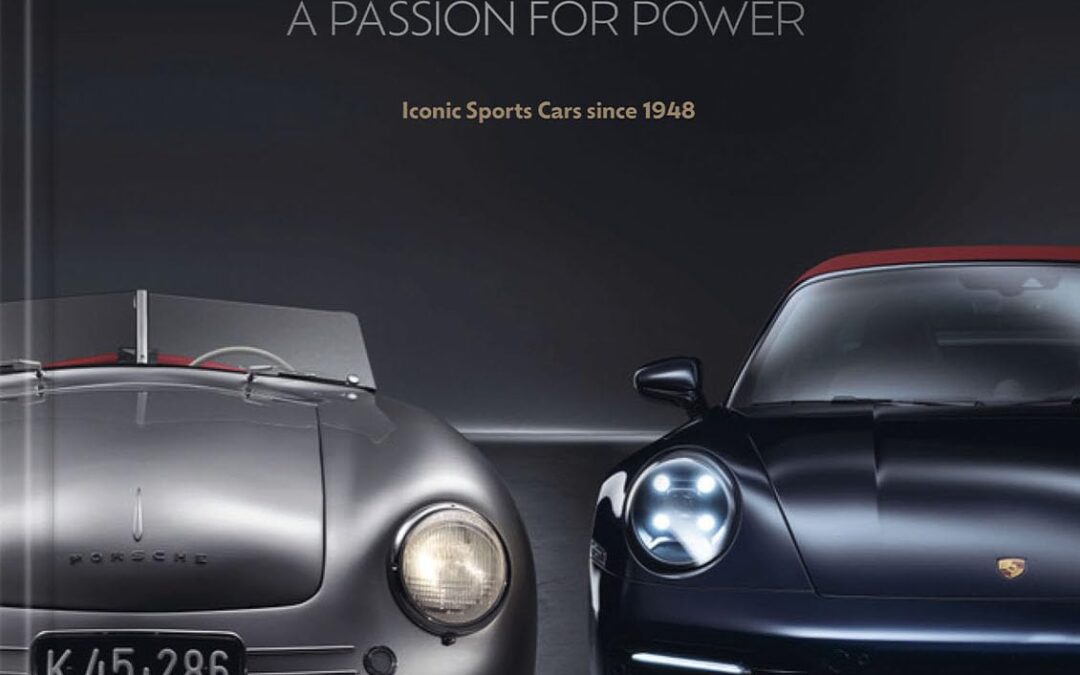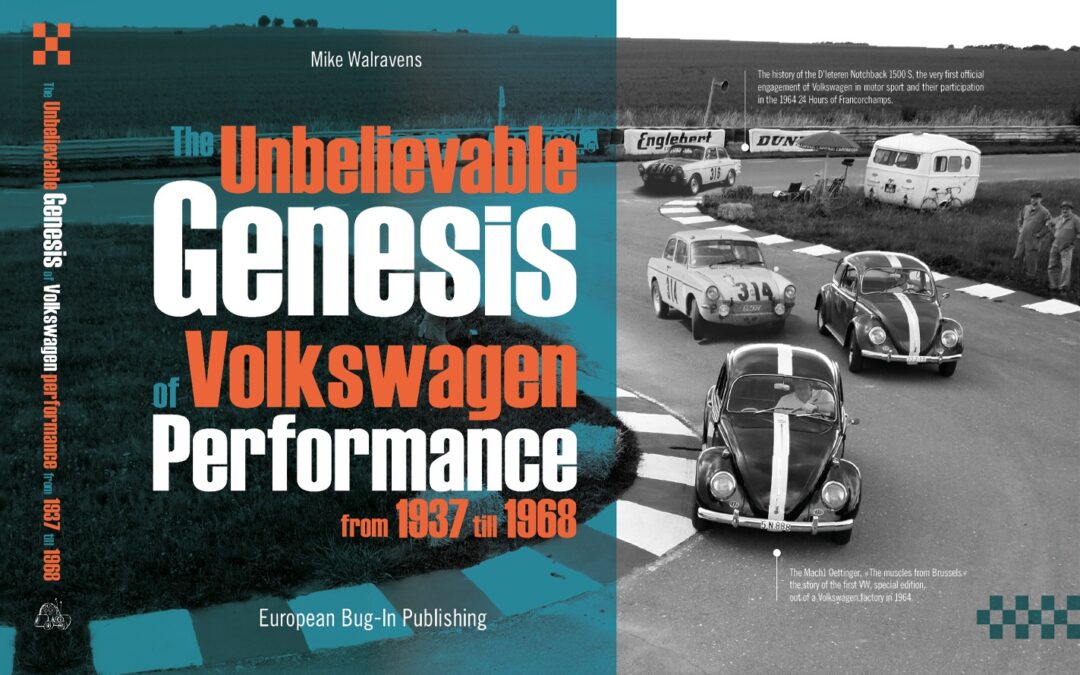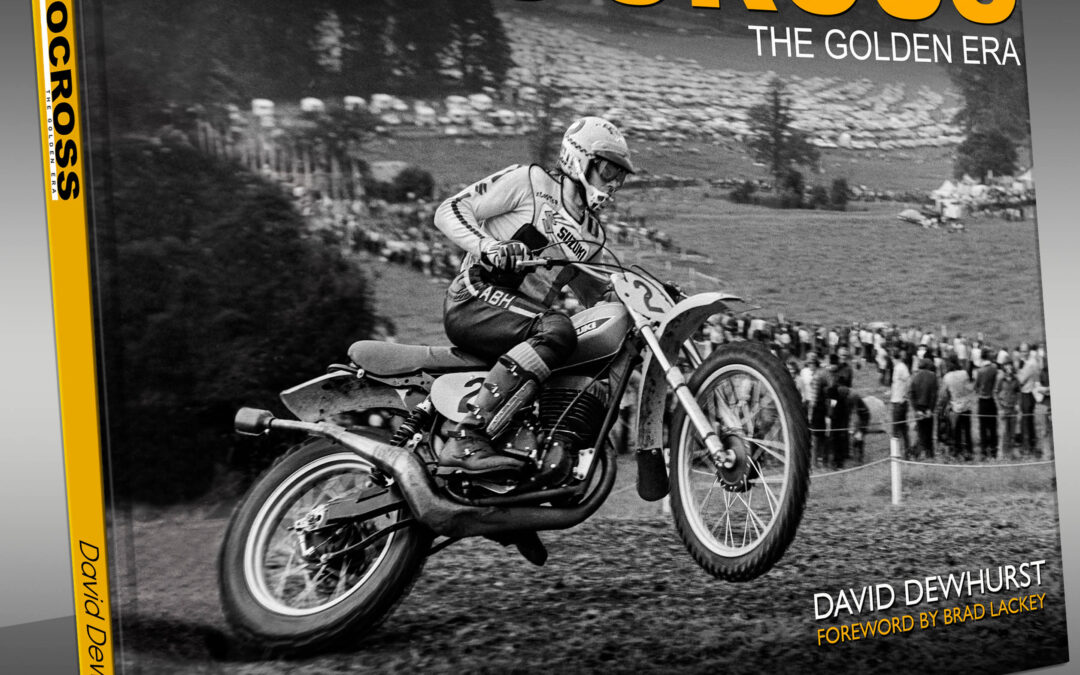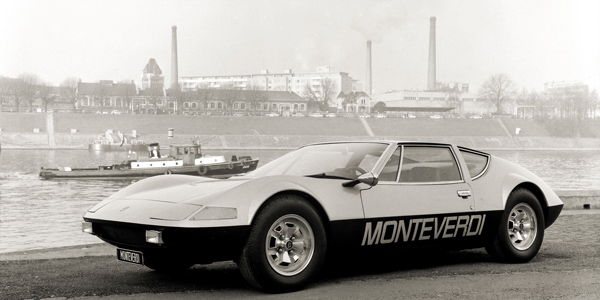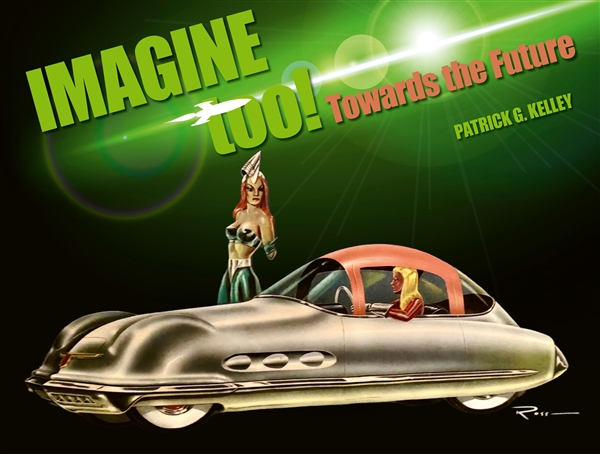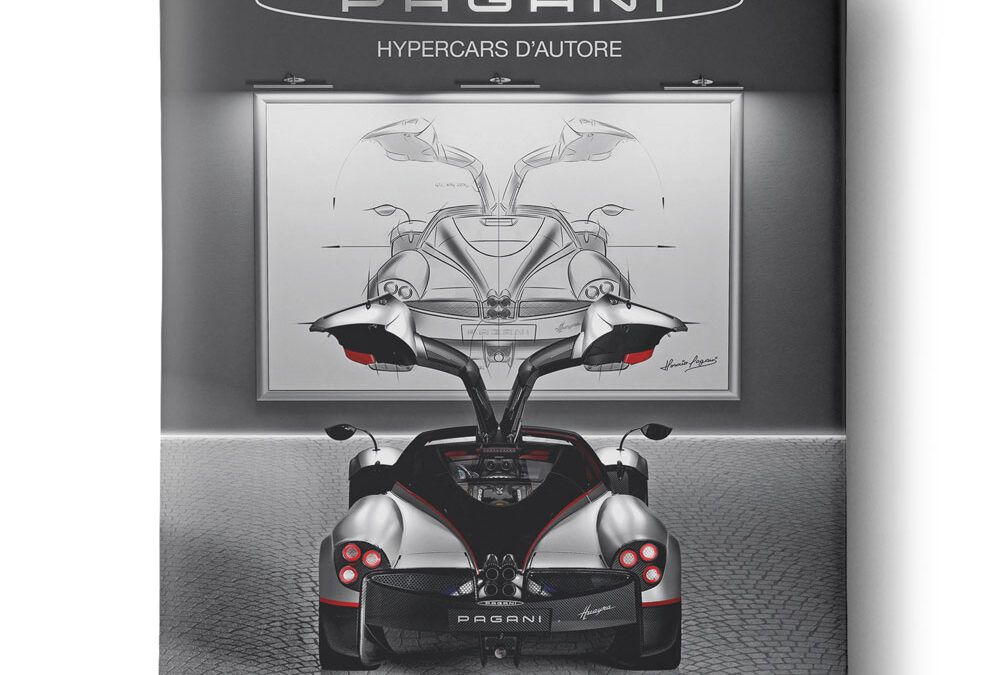
Wartime letters of a New Englander’s journey from innocence to elite fighter squadron pilot “A must-read for young Navy and Marine Corps officers as they enter aviation training.”—Lt. Gen. Robert F. Milligan, U.S. Marine Corps (retired) “An intriguing look at Marine aviation in World War II by a sensitive and intelligent pilot; few narratives provide as much insight into the intensely personal feelings of a pilot in combat.”—Walter Boyne, author of The Influence of Air Power upon History “Offers a compelling look into the world of a young man who left the comfort of civilian life to become a pilot in one of the best known combat fighter squadrons of the Pacific War. Lt. Carl O. Dunbar Jr.’s letters home remind us of the personal side of the Second World War.”—Michael H. Creswell, author of A Question of Balance Before the Marine Fighting Squadron VMF-214 became known as the Black Sheep squadron led by “Pappy” Boyington, this air group was already flying missions from Guadalcanal. Commissioned in 1942, the squadron was originally known as “The Swashbucklers.”
Lt. Carl Dunbar was one of the squadron’s original pilots, and his letters home describe the training and living conditions he faced as a Marine in the Pacific theater during the early years of World War II. Dunbar ultimately flew eighty-two missions during the Solomon campaign, and this volume includes his private logbook.
Like many veterans, after returning to the United States Dunbar rarely spoke about his wartime service. Only after his death did his son Peter discover this trove of material, and his commentary provides context for each of his father’s letters. Both personal and universal, this volume offers a glimpse of what life was like for a man with a great sense of loyalty and compassion caught up in the war of his generation. Peter M. Dunbar is a lawyer and partner with the Tallahassee-based firm of Pennington, Moore, Wilkinson, Bell and Dunbar and serves as an adjunct professor of law at Florida State University.

The inspiration for the major Apple TV+ series, streaming now!
The riveting history of the American Eighth Air Force in World War II and the young men who flew the bombers that helped beat the Nazis and liberate Europe, brilliantly told by historian and World War II expert Donald L. Miller. The Masters of the Air streaming series stars Austin Butler and Callum Turner, and is produced by Tom Hanks and Steven Spielberg, the legendary duo behind Band of Brothers and The Pacific.
Masters of the Air is the deeply personal story of the American bomber boys in World War II who brought the war to Hitler’s doorstep. With the narrative power of fiction, Donald Miller takes you on a harrowing ride through the fire-filled skies over Berlin, Hanover, and Dresden and describes the terrible cost of bombing for the German people. Masters of the Air is the deeply personal story of the American bomber boys in World War II who brought the war to Hitler’s doorstep. With the narrative power of fiction, Donald Miller takes you on a harrowing ride through the fire-filled skies over Berlin, Hanover, and Dresden and describes the terrible cost of bombing for the German people.
Fighting at 25,000 feet in thin, freezing air that no warriors had ever encountered before, bomber crews battled new kinds of assaults on body and mind. Air combat was deadly but intermittent: periods of inactivity and anxiety were followed by short bursts of fire and fear. Unlike infantrymen, bomber boys slept on clean sheets, drank beer in local pubs, and danced to the swing music of Glenn Miller’s Air Force band, which toured US air bases in England. But they had a much greater chance of dying than ground soldiers.
The bomber crews were an elite group of warriors who were a microcosm of America—white America, anyway. The actor Jimmy Stewart was a bomber boy, and so was the “King of Hollywood,” Clark Gable. And the air war was filmed by Oscar-winning director William Wyler and covered by reporters like Andy Rooney and Walter Cronkite, all of whom flew combat missions with the men. The Anglo-American bombing campaign against Nazi Germany was the longest military campaign of World War II, a war within a war. Until Allied soldiers crossed into Germany in the final months of the war, it was the only battle fought inside the German homeland.
Masters of the Air is “a stunning achievement” (David McCullough), “a fresh new account” (Walter Boyne, former director of the Smithsonian Air and Space Museum) of life in wartime England and in the German prison camps, where tens of thousands of airmen spent part of the war. It ends with a vivid description of the grisly hunger marches captured airmen were forced to make near the end of the war through the country their bombs destroyed.
Drawn from recent interviews, oral histories, and American, British, German, and other archives, Masters of the Air is an authoritative, deeply moving account that “accurately and comprehensively” (Lt. Gen. Bernard E. Trainor, USMC (Ret.) and coauthor of Cobra II) tells of the world’s first and only bomber war.

Celebrate and explore 100 years of MG cars with this impressive volume featuring expert commentary, historical images, period ads, and contemporary photography.
For many car enthusiasts, MG is synonymous with “sports car.” It is often credited with igniting a passion for European cars in postwar America at a time when roads were otherwise filled with the lumbering output of Detroit. In MG’s native England, the company’s cars filled roles from family transport to competition driving.
MG, as we think of it today, began in the 1920s, but its roots go back even further with a young William Morris. Initially working in the booming bicycle trade, he eventually branched into motorcycle and car repair with the fledgling Morris Garage (hence, MG) in 1907. By the mid 1920s, the successful Morris Garages was in a position to begin manufacture of its own cars under the MG name.
MG grew significantly in the years before World War II, building and racing its classic Midgets and Magnettes. World War II provided challenging times for the company as it did for the UK and much of the world. In the postwar period, a focus on sales outside England, and particularly in the United States, both defined MG’s product line and ensured its success. Legendary cars followed, including MG TC, TD, and TF followed by thoroughly modern MGA, MGB, MGB GT, and Midget. Magnettes and the 1100 offered options for those wanting sedans and more practical cars.
MG ownership moved through a number of UK companies in the postwar period as well as ownership by BMW and today’s SAIC, a Chinese-based company through which it operates as MG Motor. Highlights along the way included the MGB GT V8, MG Metro Group B rally car, and MGF. Based on its latest state-of-the-art EV platform, MG will soon launch an all-new roadster coming full circle over its century in business.
Authored by marque expert David Knowles, The MG Century: 100 Years of Safety Fast! is a fitting celebration of one of the automotive world’s oldest and most beloved brands—and a must-have for every car enthusiast.
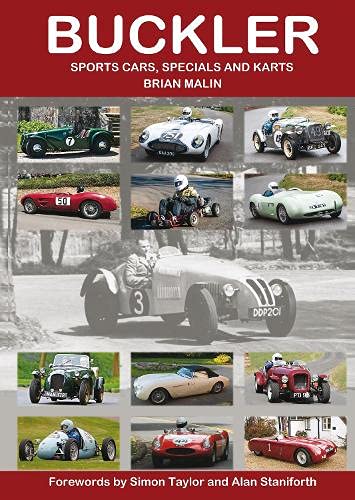
Although they were born 18 years apart, Derek Buckler and Colin Chapman were contemporaries when it came to designing and building ground-breaking sports cars in the late 1940s and early ’50s. They had much in common. Both were innovators, especially in areas of chassis design and improving the handling characteristics of their cars. Both founded successful companies and both died relatively young, Chapman in December, 1982, at the age of 54, and Buckler in 1964 at just 53 years of age. Yet, while Chapman’s Lotus went on to achieve worldwide fame, the name Buckler remains comparatively little known.
Special building was popular in the 1950s, mostly using ‘donor’ chassis from Austin 7 or Ford or simple ‘ladder’ frames but Buckler offered a multi-tubular space frame which was both stronger and lighter and, moreover, available in different models to suit different applications. He was also always ready to adapt his products to his customers’ requirements. In all of this, Buckler’s aim was to provide the impecunious enthusiast with a versatile sporting vehicle which could be used as daily transport during the week and, at weekends, in a wide range of motor sporting events from trials and driving tests to out and out racing. Often, however, the resulting Special would carry a name that concealed the Buckler contribution and a major part of the significance of Malin’s book and the vast amount of painstaking research put into it by its author is that much of that contribution is now revealed.
Buckler also, of course, made a range of complete cars starting with the versatile Mk5 and 6 and going on to encompass DD1 and DD2 with De Dion rear ends and the BB100 with backbone chassis introduced considerably before Lotus’s Elan and their other similarly based models. When karting became popular in the early 1960s, Buckler’s space frame technology found another application for which it was ideal and it became a major player in this burgeoning branch of motor sport. Buckler was also successful with its range of accessories including engine and transmission components and most notably its much admired close-ratio gears.
Brian Malin, the author, first owned a Buckler car in the 1970s and today competes in his Mk 5 in hill climbs and other events. He is an active member of the Buckler Register as well as the British Historic Kart Club and is often to be seen racing or demonstrating his Buckler kart so he is well placed to compile this comprehensive history of all things Buckler. It was first made available in loose-leaf form as long ago as 1990 but this is its first publication as a fully-fledged book, revised, updated and with additional material. Chassis design guru – and Buckler owner – the late Alan Staniforth provided the original foreword and this has been updated and included along with a new foreword by commentator and doyen of motor sport journalists, Simon Taylor.
The fourteen chapters begin with ‘Buckler and the Company’, cover the production and racing cars with some individual histories, the Buckler accessories including one chapter on the badges alone, overseas distribution – New Zealand was a particularly strong market for Buckler – and a fascinating section on the car advertisements before going on to cover the kart story in similar detail. The same number of appendices include reproductions of road tests, articles written by Derek Buckler, specifications of close-ratio gears and Buckler-tuned Ford engines, kart track tests and even one on Buckler letterheads. Malin’s work is truly encyclopaedic and therefore remarkable value for money not just as a reference on the Buckler marque but for its entertaining insight into the world of amateur motor sport of its time. The hundreds of illustrations range from reproductions of high quality contemporary and recent photographs to some admittedly lower quality originals, some of them obviously retouched to improve clarity, whose inclusion is well justified for their essential contribution to the Buckler story.
Brian Malin is to be congratulated for his perseverance in finally bringing to publication a book which is, to all intents and purposes, the full Buckler story.

The story of a boy with a big four-wheel dream
There are men who fall in love with a dream when they are young and do everything they can to make it come true. Romano Artioli is an entrepreneur pursuing his desire to revive the world’s most prestigious automobile brand, Bugatti. With passion and dedication, he achieves this goal. Born in Mantua, birthplace of Nuvolari, the most famous race car driver of all time, Romano opens his first auto service centre in Bolzano at the age of eighteen, buys a hydraulic test bench and begins overhauling engines, immediately demonstrating great skill.
And he founds dealerships, imports cars and becomes president of the local automobile club. He understands the importance of going all out to meet the demands of his customers, who become his friends and help him sell cars.
He convinces Enzo Ferrari to entrust him with management of the brand not only in the Triveneto, but in southern Germany as well.
After amassing experience for years travelling the world, it’s time for him to make his boyhood dream come true: he charms the French government and arranges for the sale of the Bugatti brand.
Then, having been abruptly prevented from selecting a powerful partner among the many who were interested in developing Bugatti and ensuring its future as an independent brand, he acquires the crisis-ridden Lotus Group and rapidly restores it to its former grandeur.
There, he introduces new models with great success, such as the special Lotus Elise, named after Romano’s young granddaughter.
Exploiting the unique untapped potential of his technicians, who work with passion and total commitment. In the mid-nineties, the Bugatti EB 112 is named “the world’s most beautiful sedan”.
But as in a classic thriller, just when everything seems to have turned out right comes the sneaky and unexpected twist that changes everything. With endless twists and turns and a long line of bankers’ traps, lawyers’ scams and ravenous businessmen, Bugatti & Lotus Thriller tells the story of a great dream of genius and creativity that stirs passion in every petrolhead the world over.
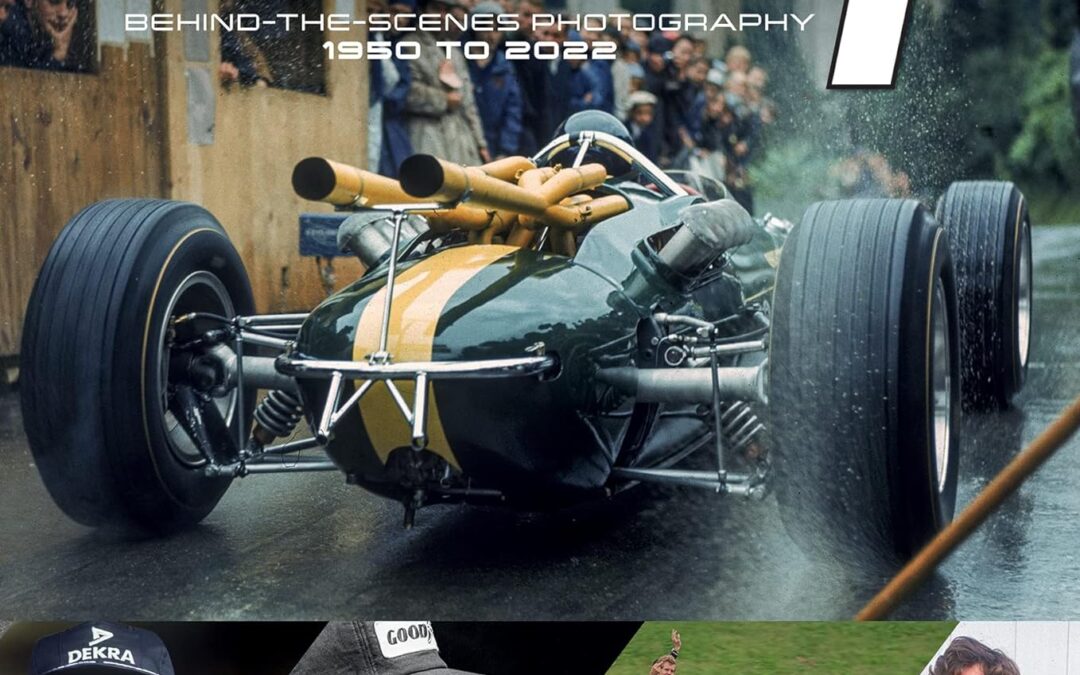
More than 300 rare full-color and black-and-white behind-the-scenes images from father-and-son photographers who were granted unprecedented access to Formula 1 races, drivers, and cars.
Renowned automotive photographer Daniel Reinhard and his father, Josef (Sepp) Reinhard, have enjoyed unprecedented access to Formula 1 races and drivers since 1950. This book presents more than 300 of their best photos.
- Discover photos of top drivers like Stirling Moss, Michael Schumacher, Juan Pablo Montoya, and many more.
- See the drivers on the track, at play, and at rest.
- Top race cars and teams like McLaren, Alfa Romeo, Porsche, BMW, Alfetta, Ferrari, and more are pictured in full-color dramatic shots.
- There are shots of the top track and street venues and images of both day and night races in the sun, rain, and snow.
No matter how or where or by whom you might imagine a Formula 1 race being run, you’ll find it here.
In addition, readers will find behind-the-scenes images of the pit crews, the track workers, the fans—even other photographers.
Formula 1 racing remains tremendously popular around the world, with a more diverse and younger fan base than ever before. According to a 2021 survey of Formula 1 fans in 187 countries by Nielsen and Motorsports Network, female participation doubled and the average age of a participant dropped four years to 32 since the previous survey in 2017. In 2021, 2.69 million fans attended Formula 1 races even with pandemic-related restrictions.
As Formula 1 continues to grow in popularity, the Reinhards’ photography is a lasting tribute to the sport, its drivers, its cars, and its fans.
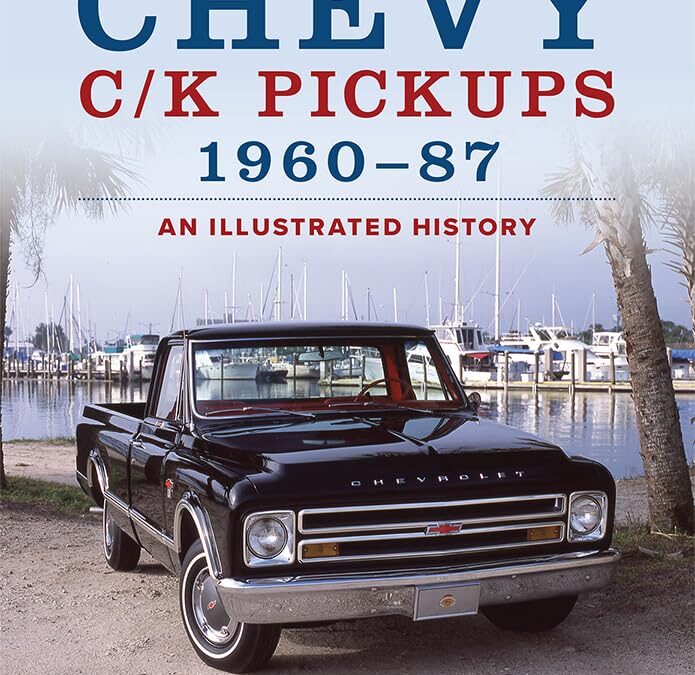
For uninitiated readers—or those too young to recognize a Grateful Dead song—Chevrolet’s C/K coding denotes model year 1960’s two new pickup lines: C for conventional two-wheelers and K for the company’s brawnier 4X4 counterparts. Showcasing many truck market milestone moments, the lengthy C/K tale recounted in this book encompasses three generations: 1960–66, 1967–72, and 1973–87. The first-generation C/K was launched in the fall of 1959 as a 1960 model and featured many firsts—the most significant of these were a drop-center ladder frame that allowed the cab to sit lower than ever before and an independent front suspension that gave the trucks an almost car-like ride. The second-generation C/K debuted in 1967, at which point GM began adding comfort and conveniences to a product that had previously been for dirty work only. The gen-2 trucks have proven extremely popular with collectors thanks to the attractive styling and excellent driveability. The third generation was unveiled in 1973 and produced through the end of 1987 and enjoyed a total restyling. Due to a relatively smooth appearance that encouraged better aerodynamics and higher fuel economy, these trucks were promoted as the “Rounded Line.” The first three generations of Chevy’s popular C/K pickups are the most popular, affordable, and collectible pickups on the market today. High production numbers mean used parts are easy to find, and there is a large aftermarket for reproduction parts.
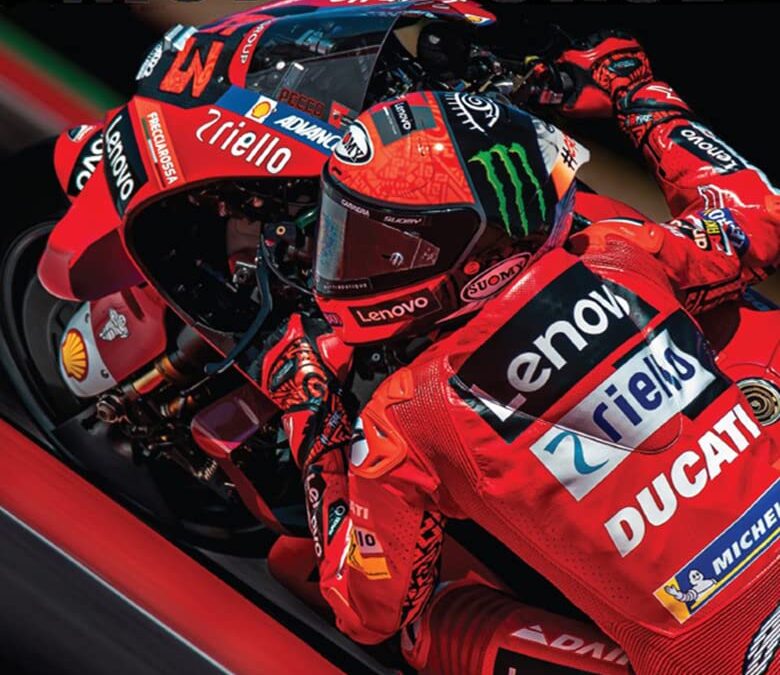
MOTOCOURSE 2022-23
47th YEAR OF PUBLICATION
For lovers of two-wheeled motorsport, Motocourse stands alone as the leading yearbook covering the sport.
Since its launch 1976 it has evolved through the decades into the most authoritative chronicle on the FIM motorcycling world and key national championships.
The 20-race MotoGP championship produced a fascinating mix of races which saw no fewer than five different riders take victories in the first eleven rounds, before the season climaxed in Valencia in November.
Leading the way was the young Frenchman Fabio Quartararo, who on his Yamaha, fought to keep a phalanx of Ducati riders at bay, led by “Pecco” Bagnaia, Jack Miller, Enea Bastinini and Jorge Martin.
Fascinating sub-stories abounded, with the multiple champion Marc Marquez having his season curtailed by recurring injuries and the abrupt decision of Suzuki to pull out of MotoGP competition at the end of the 2022 season, which left the rider market in disarray.
Aside from the premier class, Moto 2 and Moto3 are given ample coverage, where a three-rider tussle between Celestino Vietti, Augusto Fernandez and Ai Ogura were the front runners battling for the top prize. In Moto3 Aspar’s GASGAS team mates Sergio Garcia and Izan Guerara desputed proceedings as the season progressed.
Editor Michael Scott and Neil Morrison supply full reports on each Grand Prix, and Matt Birt brings us his usual run down on the comings and goings of each of the 11 squads in the Team-By-Team review, which has full personnel and technical specifications, the bikes being illustrated beautifully by Adrian Dean’s meticulously crafted drawings.
Full coverage is given of the 12-round World Superbike Series in which Kawasaki’s defending champion Jonathan Rea faced a stern challenge from Yamaha’s Toprak Razgatlioglu and Ducati’s Alvaro Bautista. All the races and the seasons bikes and riders are put under the microscope by Superbike top writer Gordon Ritchie who also covers the supporting World Supersport class.
Peter McLaren provides full race results and lap charts from every round of both MotoGP and World Superbikes as well as complete points tables from all the major championships.
The well of talent that eventually will become the cream of racing almost inevitably springs from the amazingly well-conceived Red Bull Rookies series, in which youngsters vie for supremacy on identical machines. The vastly experienced Peter Clifford charts the ups and downs of their close-fought battles.
After the continuing pandemic, the Isle of Man TT returned for the first time since 2019, and the well-funded and increasingly popular British BSB Superbike series continues to grow in prestige, with an ever-deepening field of talent competing across eight different classes throughout a weekend packed with action.
Motocourse also covers the racing in the USA, via the Moto America Superbike series which saw Yamaha’s Jake Gagne competing head-to-head with the experienced Ducati star Danilo Petrucci.
For 47 years, Motocourse has been the bible of motorcycle racing, written and illustrated by the world’s leading practitioners. The superlative reproduction of its brilliant photographs brings the drama and spectacle of a thrilling racing year to vibrant life.
Motocourse is the essential collectible, and the mainstay of every road racing fans bookshelf.
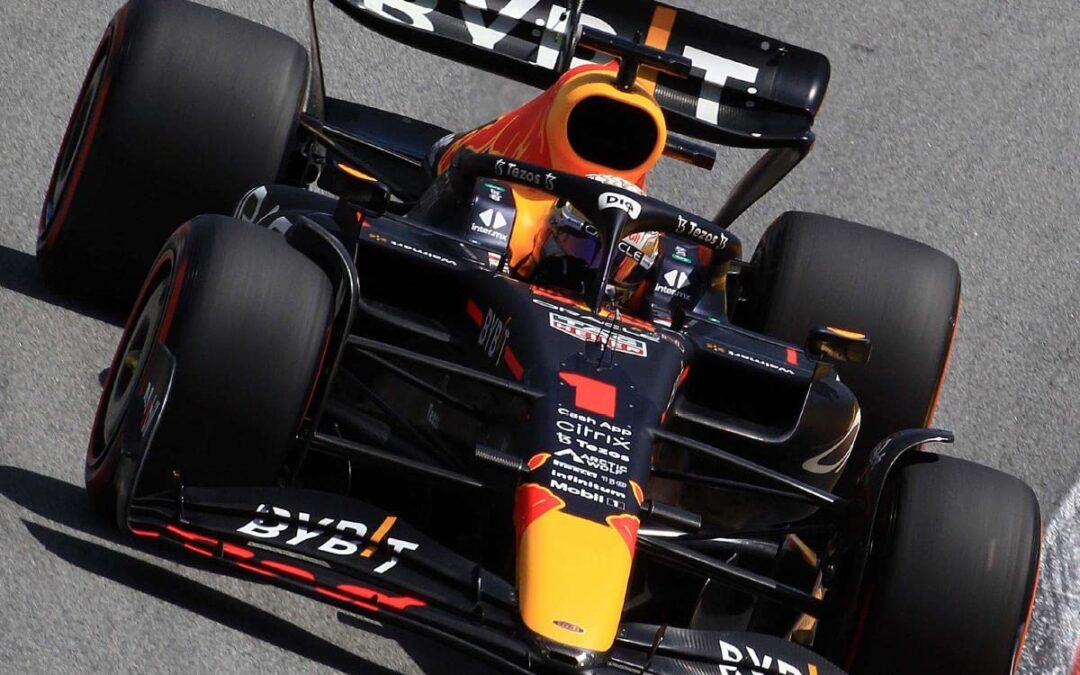
72nd YEAR OF PUBLICATION
Another record-breaking 22 Grand Prix season saw Red Bull Racing and Ferrari go head-to-head with some spectacular races and epic drives from all four drivers, each one winning one or more races. Mercedes with Lewis Hamilton and new recruit George Russell struggled for most of the season with aero and relentless porpoising until mid-way through the season when their performances improved and some notable qualifying and race results appeared, but far too late to challenge for the top spot.
There were some flashes of brilliance from the midpack consisting of Alpine, McLaren, Alpha Tauri, and Alfa Romeo, but Aston Martin, Haas, and Williams continued their struggle for consistency.
Authors Tony Dodgins and Maurice Hamilton, combining 80 years of F1 expertise, examine each round in depth. Full race reports are backed by detailed results, including lap charts and tire strategies.
The nuances of F1’s designs and development are analyzed team by team by the much-respected Mark Hughes, enhanced by Adrian Dean’s handsome F1 car illustrations.
Motor racing’s other major categories are also fully covered: Toyota’s WEC and Le Mans sports car successes; the closely fought Formula 2 and Formula 3 championships, featuring emerging young talent from around all continents of the world; and the tightly fought Formula E series for electric powered single seaters.
AUTOCOURSE includes all the hectic action from the top Touring Car series – the World Touring Car Cup and the British Touring Car Championships as well as the DTM Series running GT cars from Audi, Mercedes, BMW and Ferrari.
From America, Gordon Kirby recounts a thrilling Indycar series, featuring a mix of youthful talent such as Alex Palou and Pato O’Ward, both of whom vying to overturn the established veterans who have dominated proceedings over the past decade. The ever-popular NASCAR stock car series ran from February to November with barely a weekend’s break, to feature more than forty races before the final championship play-off round at Phoenix, Arizona.
In a single essential volume, AUTOCOURSE provides the most comprehensive record of world motor sport, complete with full results not found anywhere in a single volume.
It is required reading for all motor sport fans worldwide.
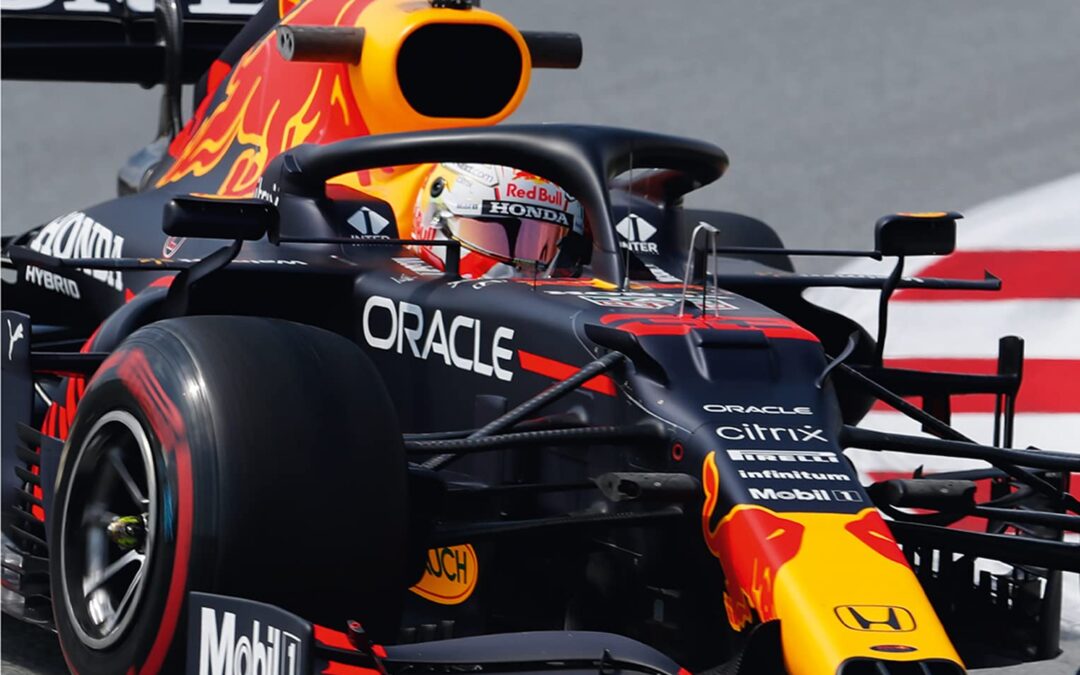
71st YEAR – First published in 1951 – The longest running motor racing yearbook. Independent and authoritative editorial combined with the sport’s finest photography Despite the pandemic, AUTOCOURSE celebrated its 70th year of publication in 2020, a year turned on its head by Covid-19. Thanks to the FIA and racing’s management, F1 was rescued, with a compelling 17-race championship spanning Europe and the Middle East. For 2021 a record 22-race schedule was planned, and despite changes to venues, the F1 championship was very much up and running by March 2021. Mercedes and Lewis Hamilton – now the winningest driver in history – broke more records. The Briton smashed through the 100 pole-position barrier, and moved inexorably toward a century of Grand Prix wins in the face of a real championship challenge from Max Verstappen. Red Bull Racing and Honda seemed to have all but matched Mercedes to provide the fans with a thrilling wheel-to-wheel battle, which would end up with some controversial collisions as the season reached boiling point. Authors Tony Dodgins and Maurice Hamilton, combining almost 80 years of F1 expertise, examine each round in depth. Full race reports are backed by detailed results, including lap charts and tyre strategies. The nuances of F1’s designs and development are analysed team by team by the much-respected Mark Hughes, enhanced by Adrian Dean’s handsome F1 car illustrations. Motor racing’s other major categories are also fully covered: Toyota’s WEC and Le Mans sports car successes; the closely-fought F2 and Formula 3 championships, featuring emerging young talent from around all continents the world; and Nick de Vries emerging victorious in the tight fought Formula E series for electric powered single seaters. AUTOCOURSE includes all the hectic action from the top Touring Car series – the World Touring Car Cup and the British Touring Car Championships as well as the reconfigured DTM Series now running GT cars from Audi, Mercedes, BMW and Ferrari. From America, Gordon Kirby recounts a thrilling Indycar series, featuring a mix of youthful talent such as Alex Palou and Pato O’Ward, both of who were vying to overturn the established veterans who have dominated proceedings over the past decade. In an emotional return, Helio Castroneves took record equalling fourth Indy 500 victory, whilst an appreciation is made to paid to the legendary three-time Indy 500 winner the late Bobby Unser. The ever-popular NASCAR stock car series ran from February to November with barely a weekend’s break, to feature more than forty races before the final championship play-off round at Phoenix, Arizona. In a single essential volume, AUTOCOURSE provides the most comprehensive record of world motor sport, complete with full results not found anywhere in a single volume. It is required reading for all motor sport fans worldwide
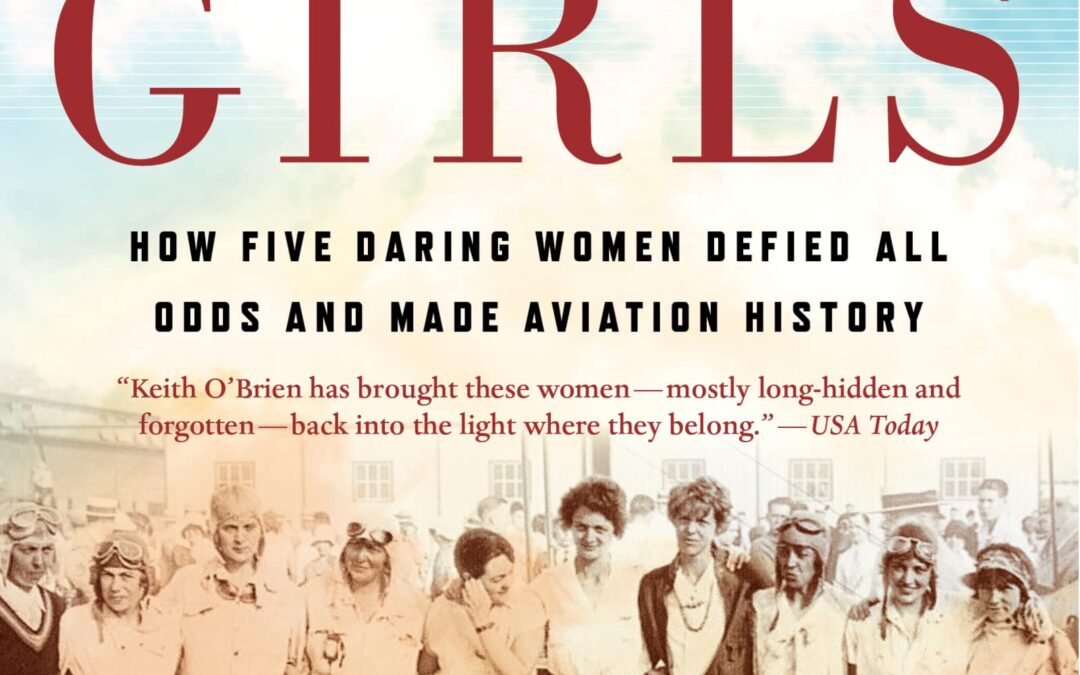
How five daring women defied all odds and made aviation history
Between the world wars, no sport was more popular, or more dangerous, than airplane racing. While male pilots were lauded as heroes, the few women who dared to fly were more often ridiculed—until a cadre of women pilots banded together to break through the entrenched prejudice.
Fly Girls weaves together the stories of five remarkable women: Florence Klingensmith, a high school dropout from Fargo, North Dakota; Ruth Elder, an Alabama divorcée; Amelia Earhart, the most famous, but not necessarily the most skilled; Ruth Nichols, who chafed at her blue blood family’s expectations; and Louise Thaden, the young mother of two who got her start selling coal in Wichita. Together, they fought for the chance to fly and race airplanes—and in 1936, one of them would triumph, beating the men in the toughest air race of them all.

Pre-order now for early 2023 delivery
Can-Am! The words are still magic to a generation of road racing fans to whom the Canadian-American Challenge Cup series represents the pinnacle of the sport they love. And who is to argue? Taking over from the USRRC (United States Road Racing Championship), as the feature sports car circuit in North America, from 1966 through 1974 the world’s best drivers and the world’s best racing teams put together cars that followed the rule of the Can-Am series: no rules! Anything went, as long as it had two seats and enclosed wheels. These “rules” set the stage for years of ground-and-pulse-pounding cars powered by bigger and bigger engines and daredevil drivers competing in front of motorsport’s biggest crowds. Years later the names still carry weight: drivers like Dennis Hulme, Bruce McLaren, Dan Gurney, Jackie Stewart, Mark Donohue, George Follmer. And what cars: McLaren, Lola, Porsche, Ferrari, and Shadow. But who was behind those awesome machines and drivers? Who could keep them going when the torque shook loose engine bolts? Who could spend an entire low-paid off season in small, cold and drafty race shops looking for an extra edge in performance and reliability? Who could toil in uncomplaining anonymity behind the scenes while the cars and their drivers basked in the considerable glory that went with Can-Am racing? The men portrayed in One Last Turn.
One Last Turn presents the first look at the men (and in those days they were all men, young men) who made it all work. The mechanics who towed the mighty cars on pick-up trucks and worked on them between races and between heats in the blazing sun and pouring rain on muddy grassy fields, who drove 90 miles per hour on the era’s two lane roads, towing a 2000 pound race car to make the next race’s starting grid.
Illustrated with many never before seen photos of the cars and people who made Can-Am great, this is the book that fans of the series have been waiting for.
The men who kept the machines on the track during the Can-Am years
Hilarious and poignant never-before told stories behind the scenes during the Can-Am years.
- Hard cover with dust jacket
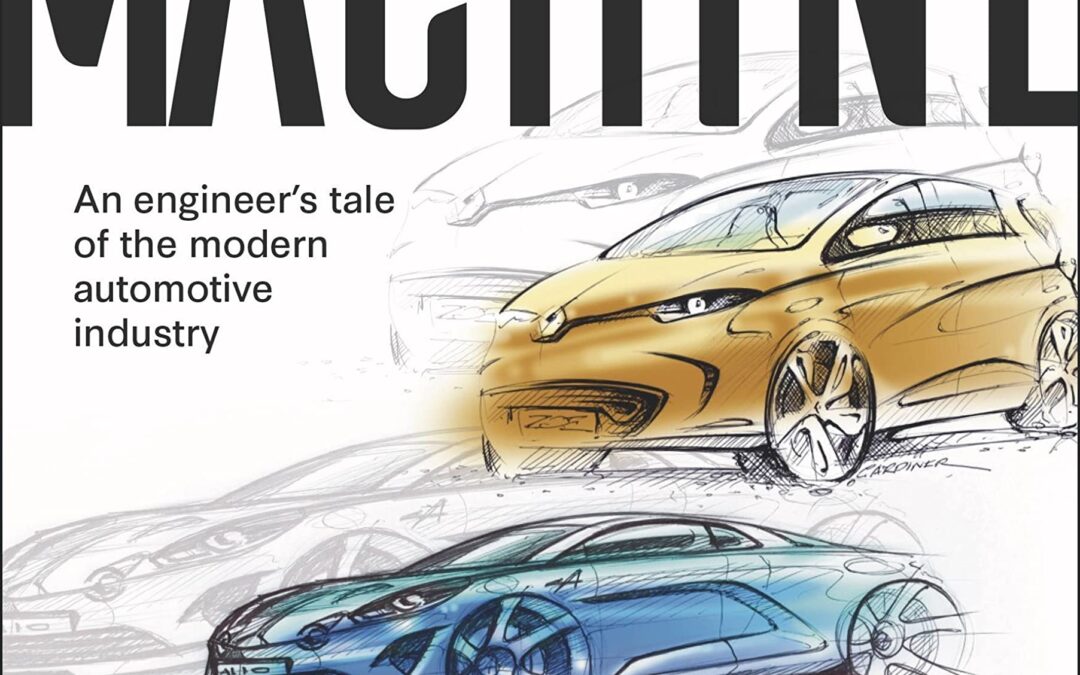
Inside the Machine tells the story of the modern car industry from the inside. What is it really like to work for the car-makers – the industrial giants that influence the daily lives of millions? How are mass-production cars really designed, engineered, and manufactured? What does it take to engineer a successful vehicle?
The story is told through the author’s own journey around the globe – starting as a young graduate engineer working for Nissan in the UK, to working for Nissan in Japan and finally for Renault in France as Chief Engineer of their ‘halo’ sports-car, designed to relaunch the Alpine brand.
It tells the behind-the-scenes story of three well-known vehicles, whose development teams were led by the author – the Nissan Qashqai, the Renault ZOE and finally the Alpine A110 – revealing some of the fascinating stories of how these vehicles came into being.
The book will seek to show the real work that goes on behind the glamour of the Motor Shows and the well-honed corporate press releases – work that is sometimes exciting, but often grindingly difficult.

This book on a theme never before addressed is a tribute to the Sleator family, Franco-British family, as well as to all employees, partners, friends and customers of the Franco-Britannic Autos Ltd who, during these 10 years of the import, have promoted the extraordinary image of Ferrari in France…
Certainly the most beautiful Ferrari period in France !
The Franco-Britannic Autos Ltd, thanks to Walter and his son Donald Sleator, imported the most beautiful cars in the world on French soil from 1933 to 1989 for their most demanding customers.
Exclusive importer since 1933 in Paris of the two prestigious British brands Rolls-Royce and Bentley, then importer Rover (and Land Rover), Franco-Britannic Autos Ltd from the autumn of 1958 becomes the first exclusive Ferrari importer in France.
The Franco-Britannic Autos Ltd has experienced this new generation of buyers, the “Nouvelle Vague” as sung in one of his songs a certain Richard Anthony, young film actors, writers, and other artists, businessmen, industrialists … all needed and wanted to stand out by associating their image with that of exceptional automobiles and more particularly Ferrari.
Celebrities such as Jean-Paul Belmondo, Yves Montand, Lino Ventura, Françoise Sagan, Roger Vadim, Mylène Demongeot, Johnny Hallyday, Alain Delon, Claude Francois and many other stars were at one time clients of the Franco-Britannic Autos Ltd. The art of owning a road Ferrari, a very dynamic image, is considered a symbol of professional and social success.
The first Ferrari commercials in France by the FBA Ltd, our French stars of the “Yé-Yé” era, all the Paris Motor Shows, All Ferraris destined for the Marshall during the 24 Hours of Le Mans, piloted by Donald Sleator, then an official pilot until 1967.
There will also be a great tribute to Pierre Noblet with unpublished documents, Sylvain Garant…
Preface and anecdotes of Donald Sleator.
